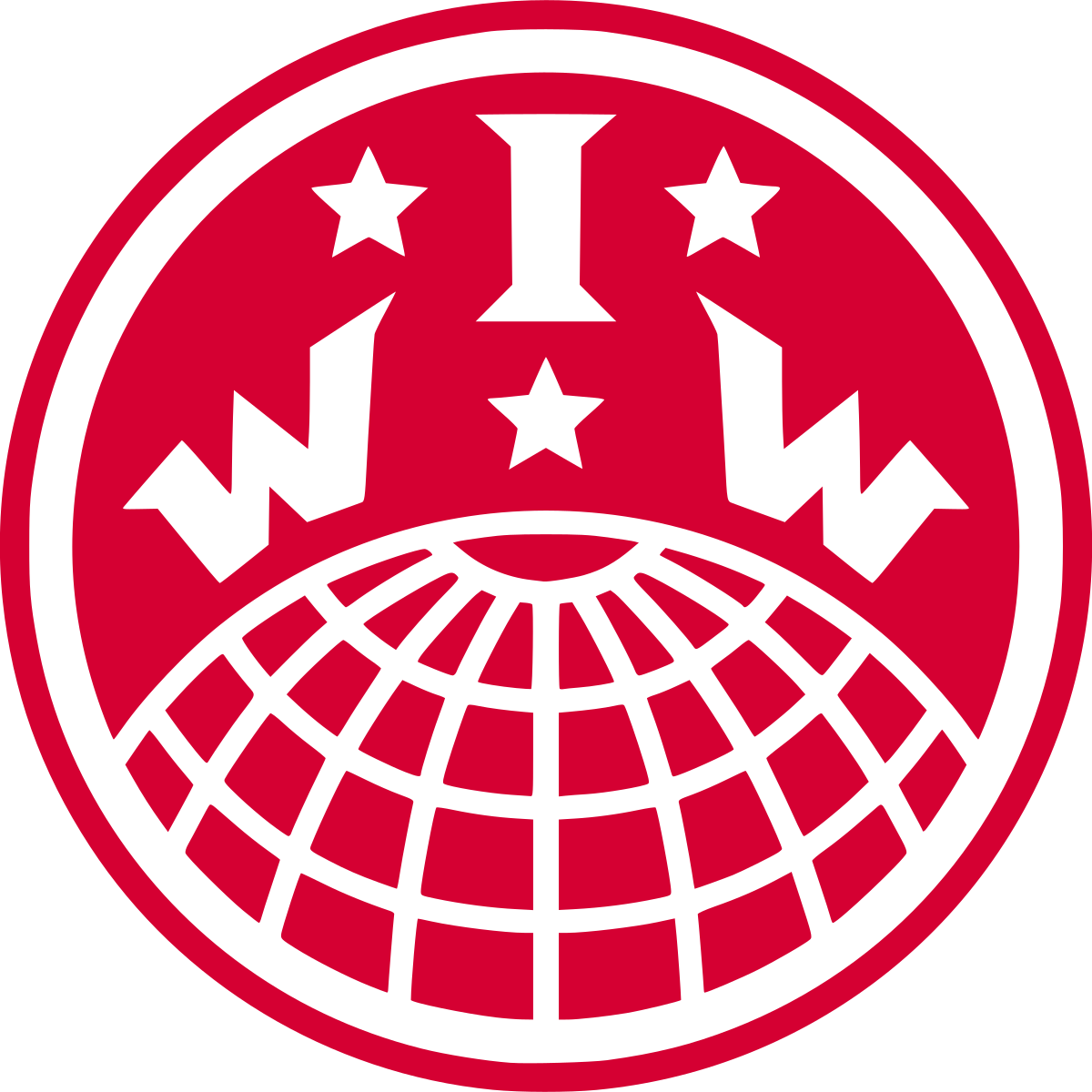On this day in 1925, striking tenants in Panama City held a massive, illegal rally to protest high rent and bad living conditions. Riots began after police killed four demonstrators, prompting a U.S. occupation that lasted until October 23rd.
In the months preceding the uprising, the "Liga de Inquilinos y Subsistencia" (English: Tenants' Subsistence League) had been organizing against rent increases and poor living conditions. On the last day of September, in response to the government of Panama repressing this organizing, the League announced a rent strike to begin October 1st.
On Saturday, October 10th, 1925, the League organized a massive rally in Panama City to protest increased rents and poor living conditions. This was held in defiance of a state ban on such a gathering.
Panama City Mayor Mario Galindo had permitted the National Police to respond to any large gatherings with violent force. Accordingly, at the October 10th rally, four tenants were shot dead by police following a confrontation at Parque de Santa Ana, and many more were injured.
Riots broke out following this violence. By Sunday, October 11th, the city district of Santa Ana had come almost entirely under the control of the Tenants' League. With the police ineffectual in stopping the revolt, the government of President Rodolfo Chiari requested the military intervention of the United States.
Within a few days (sources differ on the exact day, ranging from October 12th to October 15th), approximately 600 United States soldiers entered Panama City. Stationing themselves at Parque de Santa Ana and Parque de Lesseps, they conducted raids on the offices and apartments of Tenants' League leaders, quickly crushing the uprising by arresting its prime organizers.
While the uprising was ongoing, government officials met with tenant and landlord representatives in Panama City. According to the Academy of American Franciscan History, the government promised more public works projects, a shake-up of the national police force, and to establish a rent claims commission that met daily to hear tenant grievances.
The U.S. troops continued to occupy Panama City until October 24th, by which point the protests had subsided. On October 30th, the League and landlords signed an agreement to end the strike.
"With rhythmic heels that oppressed the heart and clouded the eyes, an army of soldiers in battle dress, with helmets of the kind used in the European war, entered with a fixed bayonet, sweaty, their backpacks on their shoulders, and their revolvers on their belts."
- Revista Lotería, October-November 1973 issue, describing the American military presence´
Megathreads and spaces to hang out:
- ❤️ Come listen to music and Watch movies with your fellow Hexbears nerd, in Cy.tube
- 💖 Come talk in the New weekly queer thread
- 🧡 Monthly Neurodiverse Megathread
- 💛 Read about a current topic in the news
- ⭐️ October Movie Nominations ⭐️
reminders:
- 💚 You nerds can join specific comms to see posts about all sorts of topics
- 💙 Hexbear’s algorithm prioritizes struggle sessions over upbears
- 💜 Sorting by new you nerd
- 🌈 If you ever want to make your own megathread, you can go here nerd
Links To Resources (Aid and Theory):
Aid:
- 💙Comprehensive list of resources for those in need of an abortion -- reddit link
- 💙Resources for Palestine
Theory:
- ❤️Foundations of Leninism
- ❤️Anarchism and Other Essays
- ❤️Mega upload with theory for many tendencies
Remember nerds, no current struggle session discussion here to the general megathread, i will ban you from the comm and remove your comment, have a good day/night :meow-coffee:


American rail is weird. It's the exact opposite from the rest of the world in that rail lines are owned by freight companies and they lease the rails for (Amtrak) passenger train use. Usually it's the other way around.
It's why passenger train service takes so long with regular delays - freight gets priority.
But I guess cheap and faster freight makes the treats cheaper? 🤷♂️
But why is it more expensive than just driving there?
Only in America is public transport more expensive than cars just to screw over poor people even more.